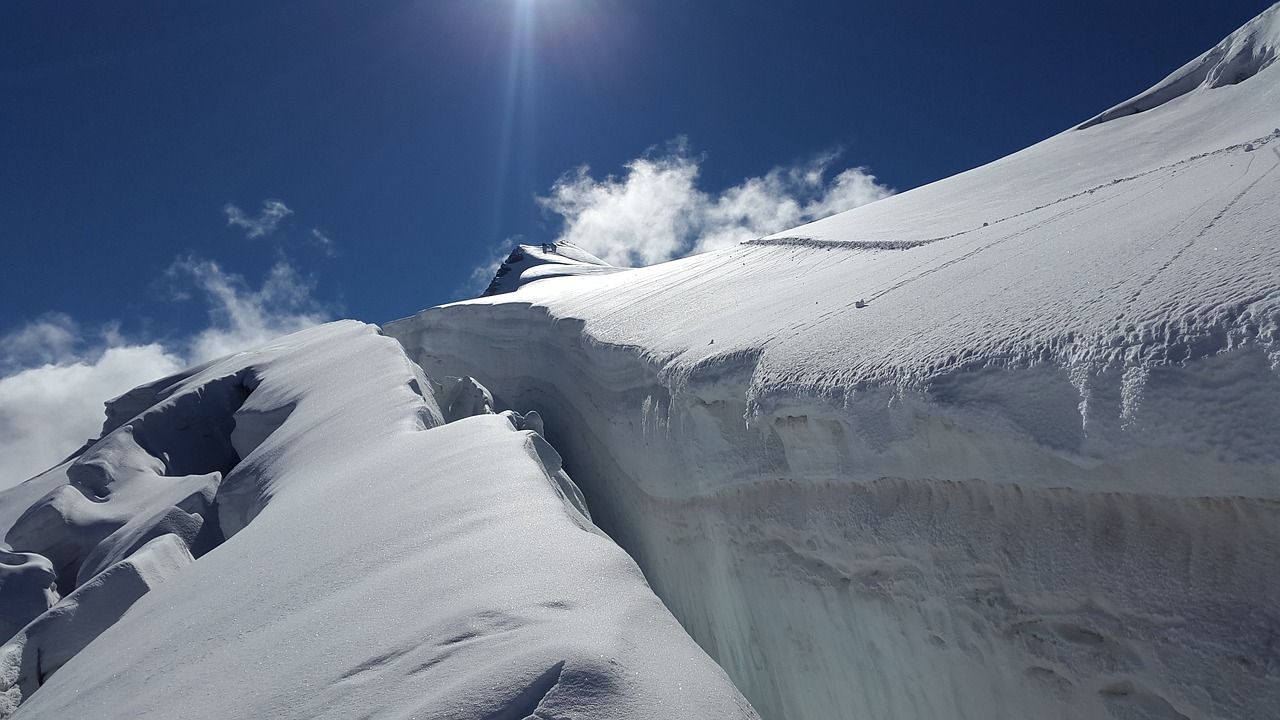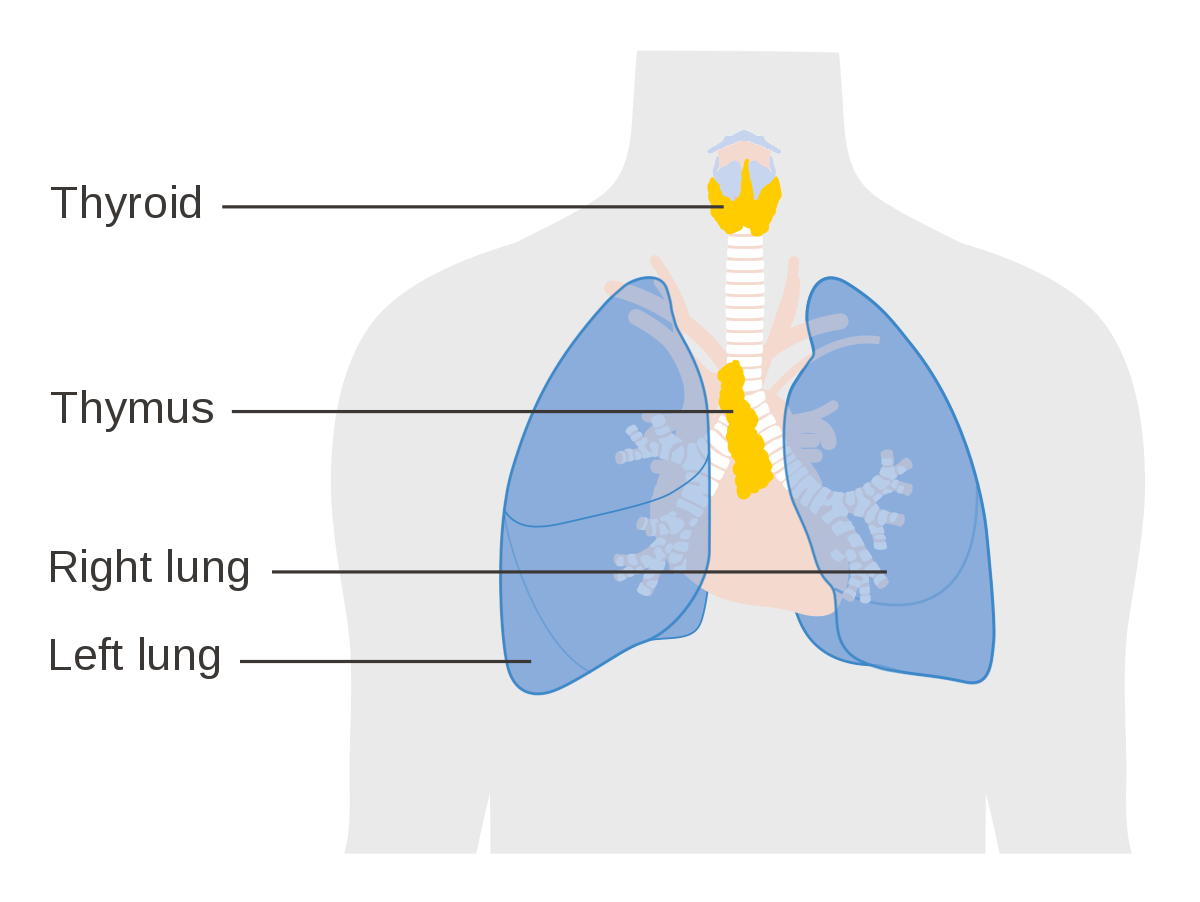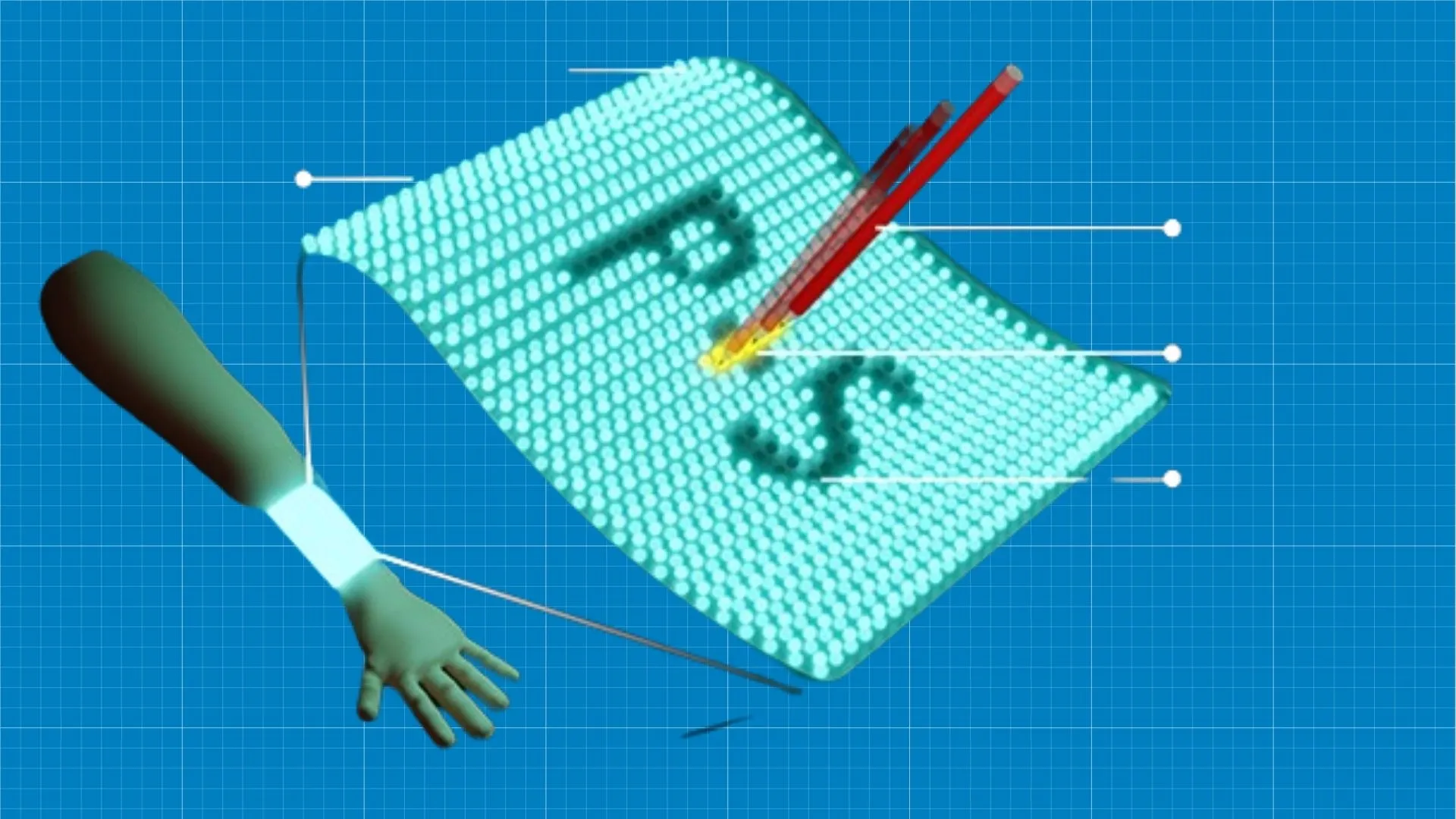In research led by Cornell University, a remotely operated underwater robot has provided new insights into the movement of seawater beneath Antarctic ice shelves.
Antarctica, often referred to as the “world’s freezer,” harbors numerous mysteries awaiting discovery. In a press release, researchers have revealed the critical role of crevasses within this frozen landscape.
Crevasses: Not Just Ice Fractures
Previously seen as mere ice fractures, these crevasses have now emerged as significant contributors to the circulation of seawater beneath Antarctic ice shelves. This discovery stems from a groundbreaking expedition led by the Icefin, an underwater robot, and has the potential to reshape our understanding of Antarctic ice sheets and their impact on global sea-level rise.
Traditionally, crevasses were regarded as unchanging icy gaps. However, the Icefin robot navigated a crevasse at the base of the Ross Ice Shelf, conducting the world’s first 3D assessment of ocean conditions in the grounding zone. This challenges conventional beliefs.
Forecasting Melting and Freezing Rates
The Icefin robot’s expedition revealed a novel circulation pattern: a jet channeling water laterally through the crevasse. Furthermore, it exposed rising and descending currents and diverse ice formations influenced by changing flows and temperatures. These discoveries have the potential to improve our models for predicting ice shelf melting and freezing rates at grounding zones, which have seen limited direct observation.
In late 2019, scientists deployed the Icefin robot, a slender craft, through a 1,900-foot borehole near Antarctica’s largest ice shelf and the Kamb Ice Stream. During one of its dives, the robot unveiled shifting ice patterns in a crevasse, highlighting an intriguing interplay between melting at the crevasse’s base and salt expulsion near the top. Consequently, uneven melting and freezing occurred on both sides of the crevasse.
The research team’s conclusion emphasizes that crevasses can transport varying ocean conditions, whether warmer or colder, through the most vulnerable part of an ice shelf.







